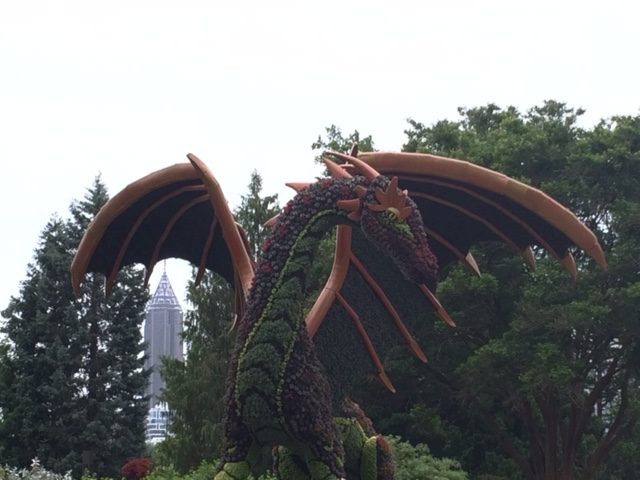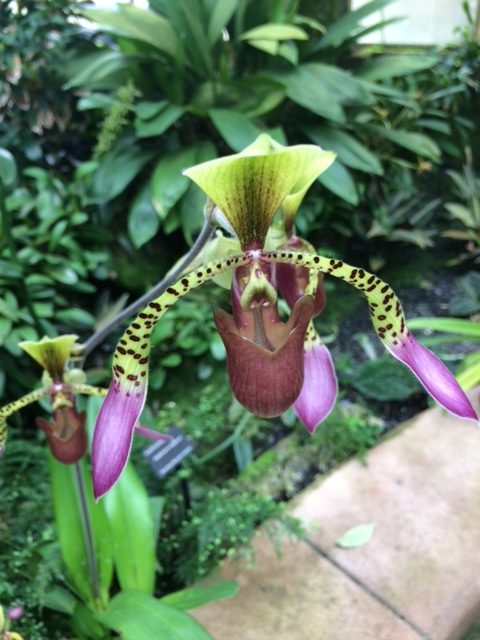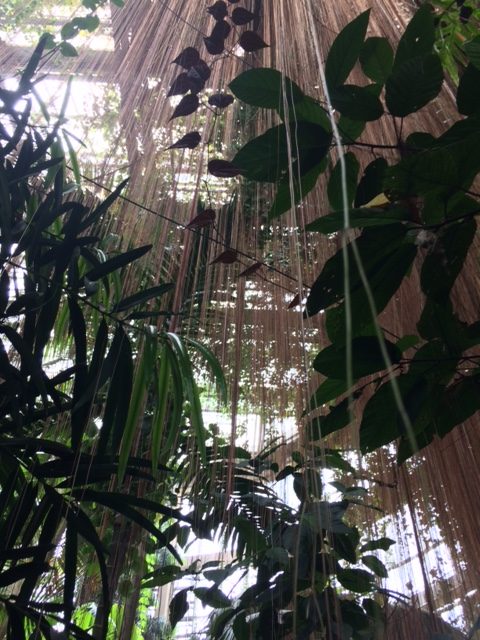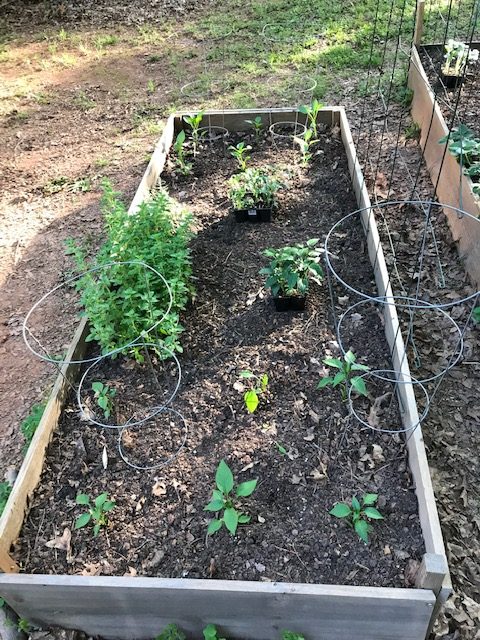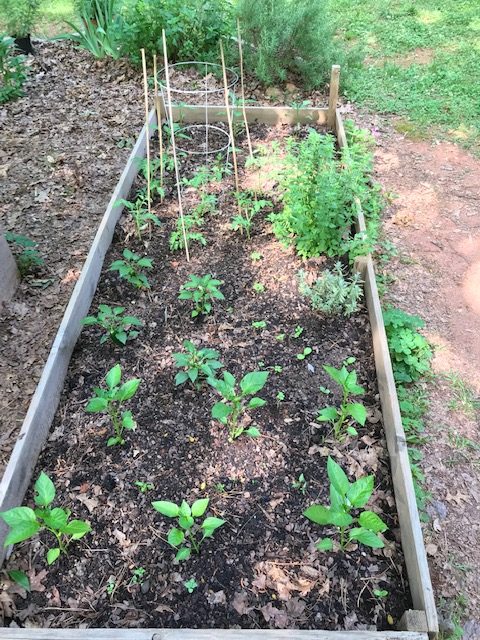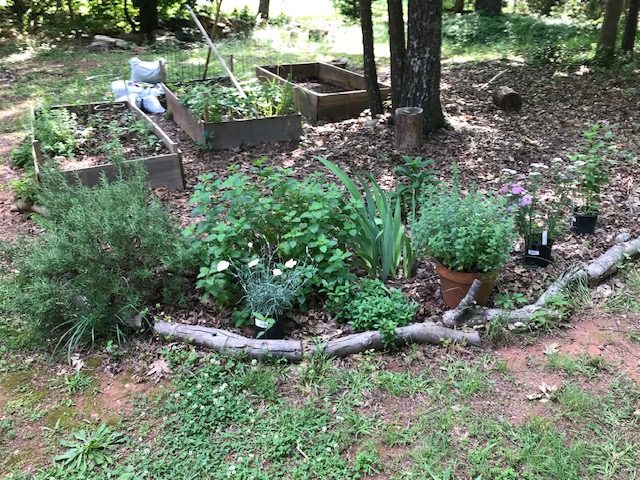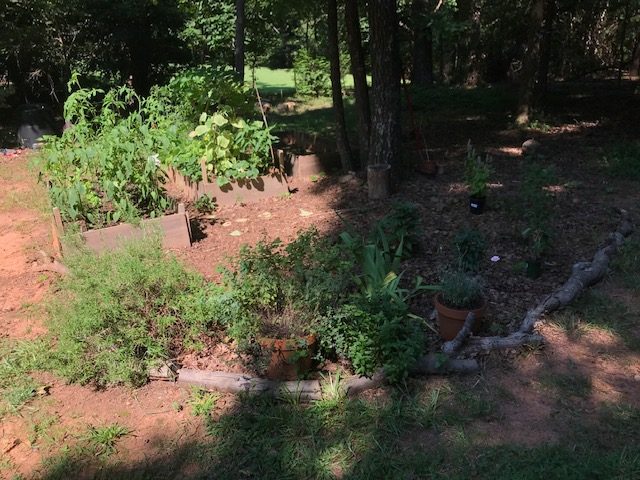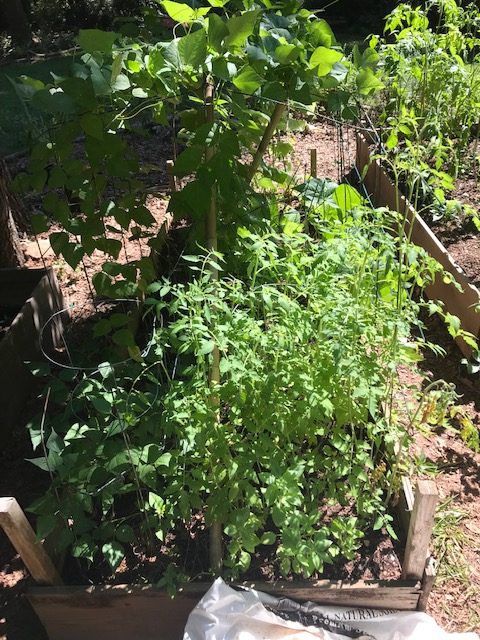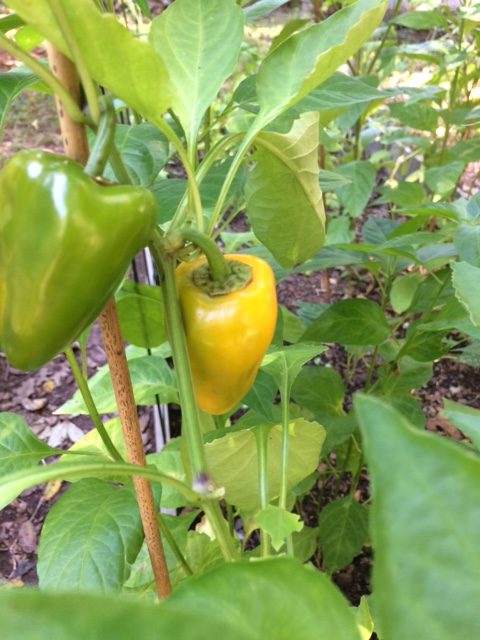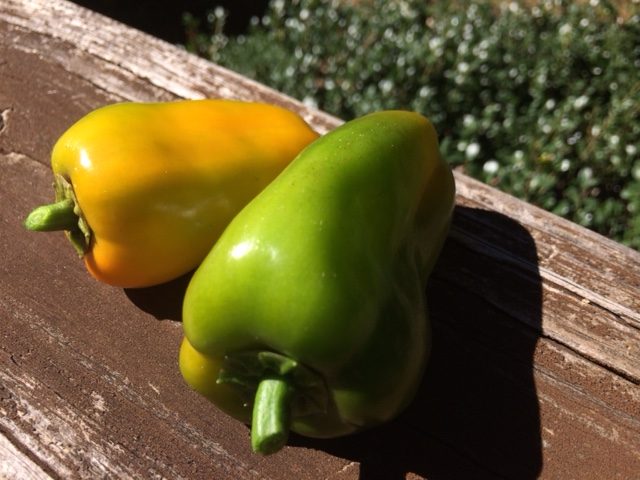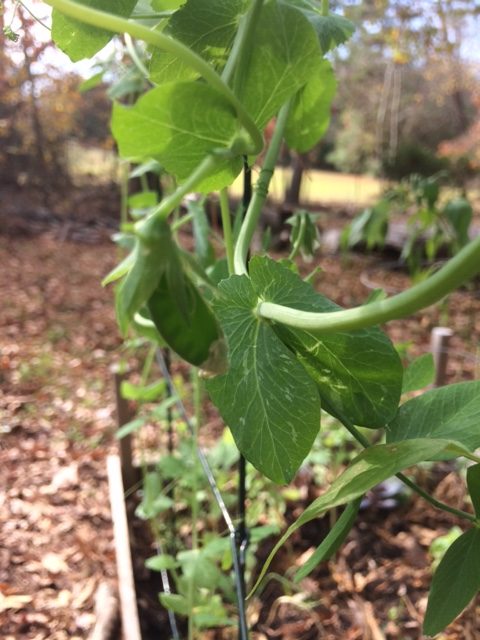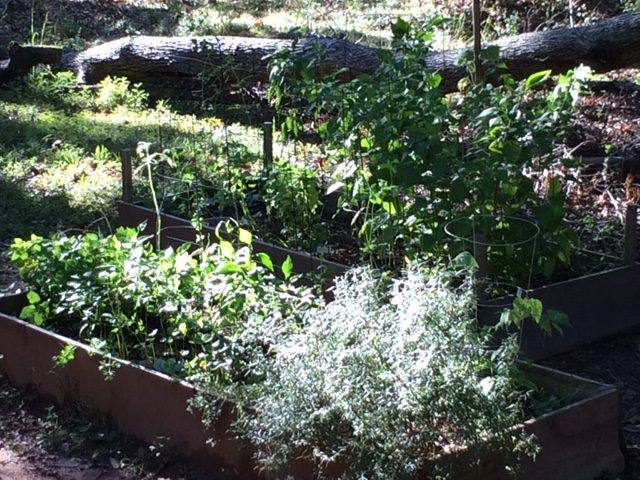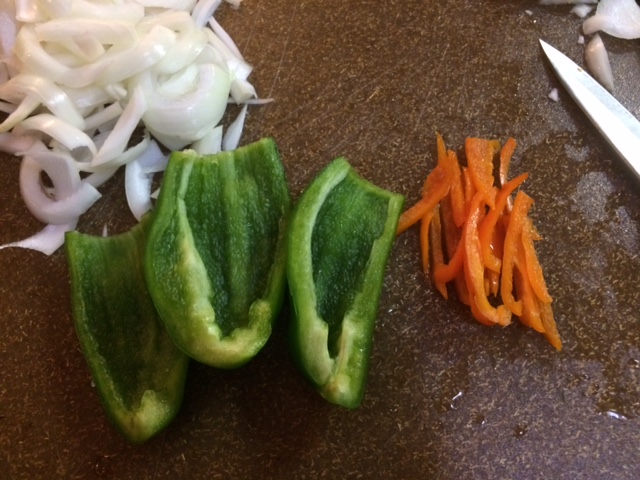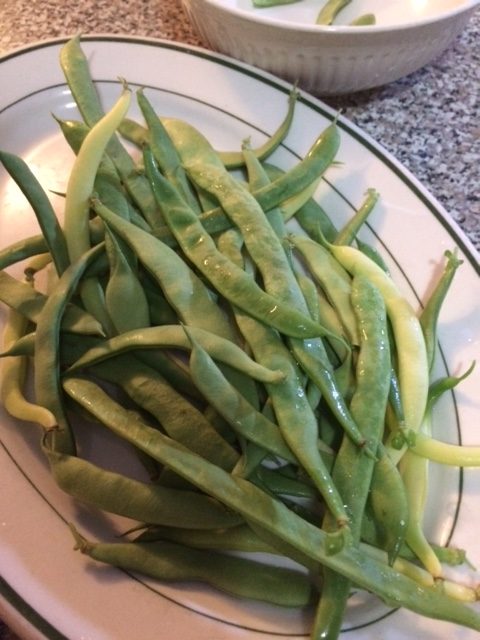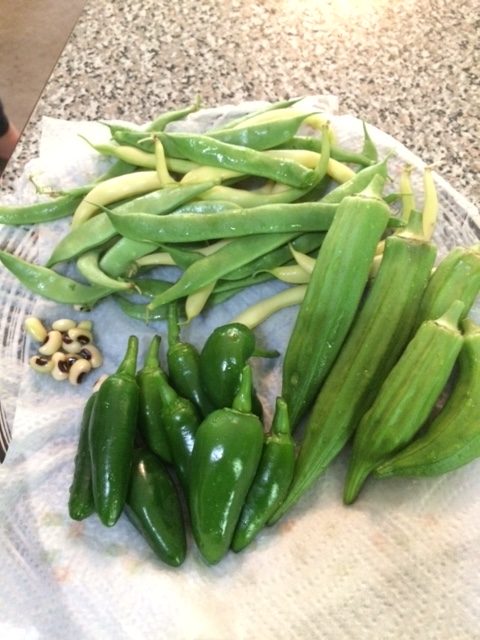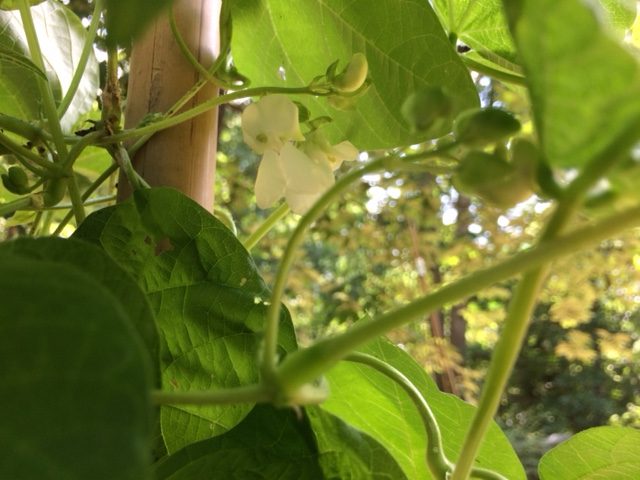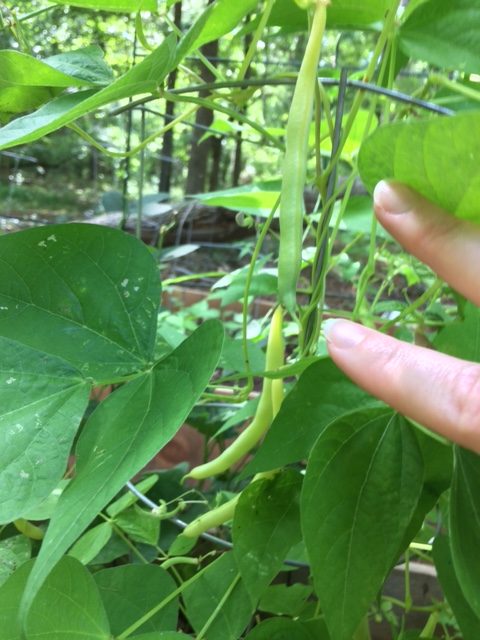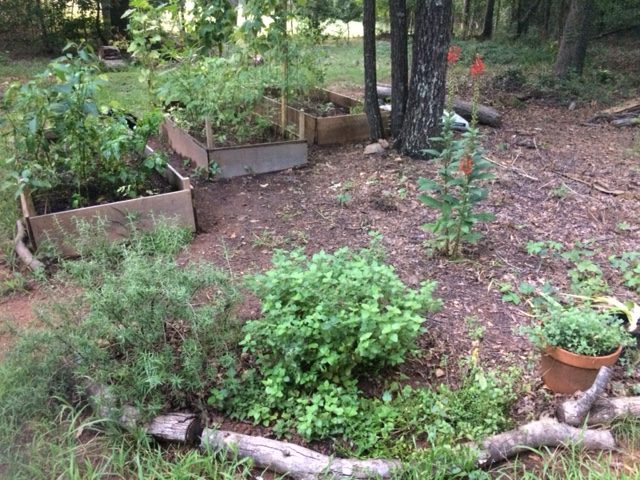#1 Salvia
*For Summer into Fall blooms & Pollinator Draw*

Salvia nemorosa 
Salvia Greggi 
Salvia Greggi Navajo Purple 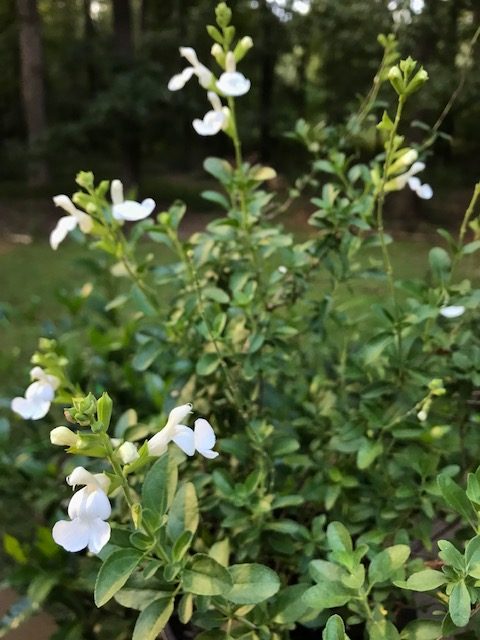
Salvia Greggii Navajo White
Hummingbirds love salvias, and so do the bees & butterflies. Salvias are members of the Mint family Laminaceae- as classified by the USDA Natural Resources Conservation Service Plants Database. There are many other spectacular members of this extensive family. I have developed quite a fondness for many of them. The mint family is my absolute favorite plant family to grow in my herb, and flower gardens. They are all truly delightful, and very useful. Also, most importantly for me-Extremely Deer Resistant!
Erica Glasener is a super horticulturist & writer focusing on gardening in Georgia. Check out her article, in the Atlanta Journal Constitution, on Salvias for Georgia.

Pineapple Sage 
Salvia Big Blue
I love them all! The more salvia the better for me so here’s More info from Lady Bird Johnson Center on Salvias.
#2 Eupatorium
*For Understated Elegance*
Pictured below is Eupatorium fortunei– which is a non-native, Asian Eupatorium
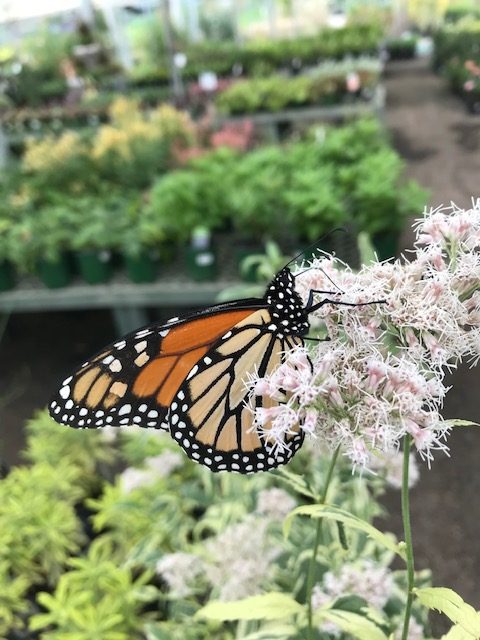
Monarch butterfly on Eupatorium fortunei 'Pink Frost', October.
Eupatorium fistulosum, which is also known by the much less fancy name of
Joe Pye Weed is the dark leafed, non-variegated, native variety of the variegated leaf ‘Pink Frost’ Eupatorium above.
The Chattahoochee River National Recreation Area of Georgia’s website has a nice photo & entry on the native Joe Pye Weed. These native plants can be used to rehabilitate moist environments that have been taken over by invasive species in the past. They are also noteworthy for their long standing herbal usage.
I took the photo above of the ‘Pink Frost’ Eupatorium at Cofer’s Home & Garden-where I was employed. Then, I bought the plant, because I found it so charming. If its good enough for monarchs, its good enough for me. The plant has been happy here in my backyard since transplanting from the container-except either deer or rabbit have eaten it to nubs several times. Surprising, as these plants are supposed to be critter resistant & poisonous. It has recovered both times, but not blooming this fall, yet.
#3 Pansies and Violas
*For Simple Beauty, and Awe-inspiring Hardiness*
Pansy vs. Viola-it’s complicated. They are really the same plant, but the viola is a more ancient form, and the pansy has been cultivated from the viola.
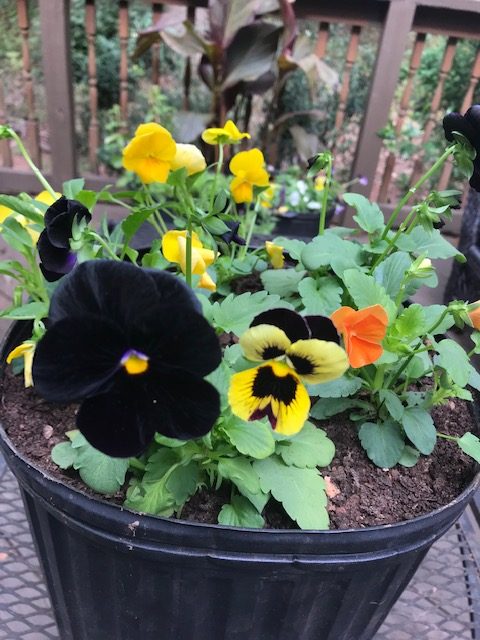
Black Pansy! Halloween Improved, Citrus Mix 
Frizzle Sizzle, Citrus Mix Violas 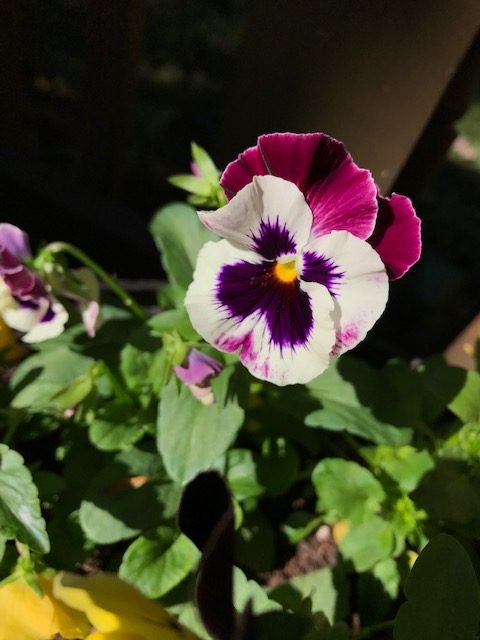
Ready for my Closeup!
This entry about Violas and Pansies from New World Encyclopedia could help clear things up, but like I said before, it’s complicated.
They are so tiny & charming & bright and survive freezing temps and bloom all winter. Need I say more? Ok, more. October to April will be filled with blooms to brighten your day. There will need to be some deadheading to accomplish this, but it is worth it. Pansies and Violas are Deer candy; I keep them on the porch.
#4 Osmanthus Fragrans
*For Versatility, Fragrance & Evergreen-ness*

One of the most delicious smelling plants in the world! This picture of an interesting Tea Olive-the more common name for Osmanthus, is from a courtyard garden in Charleston. The plant was grown in a container, and then trained onto a wall using an espalier technique. This technique is described under Specialty Pruning in UGA’s extension publication titled Pruning Ornamental Plants in the Landscape.
Sadly, I don’t yet have a Tea Olive in my landscape! Thanks to Clemson University Cooperative Extension for these details on Osmanthus Fragrans. I can smell them at work at the State Botanical Garden of Georgia several times per year, in the Spring & Fall. I always stop and delight in inhaling their delicious scent on the wind. This year I’m getting one!
#5 Camellia Sasanqua
For Mythical Beauty, Cool season blooms, & Evergreen
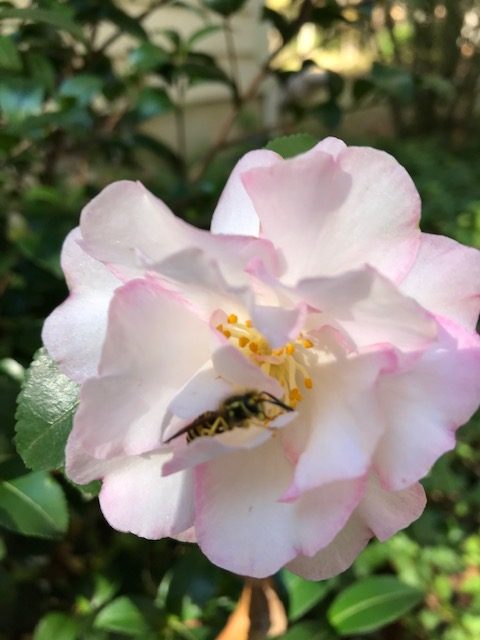
Camellia Sasanqua October Magic ‘Orchid’
Don’t even get me started on how much I adore camellias. Well maybe just a bit about the beautiful fall blooming smaller camellia, Camellia Sasanqua. Their blooms are not quite as large and showy, and the leaves and plants in general are smaller than Camellia Japonica, or other Camellia varieties.
Norman Winter, the director of the Coastal Georgia Botanical Gardens at the Historic Bamboo Farm in Savannah, Georgia, has written an excellent article on the use of Camellia Sasanqua, and Japonica, in the southern landscape.

Tinged with Pink on Glossy Green Leaves 
Just realized today, all the petals are hearts!
Sasanqua camellias are just as charming as Japonicas, and can bloom and thrive in situations where other camellias will not do as well. They do accept more hot southern summer sun, and are faster growing. In addition they are more compact and bushier than other camellia varieties.
Came home today 11-10-2020, and saw my ‘White by Gate’ Camellia Japonica is blooming for the first time!!! I bought this plant in Charleston last December. Southern Living has an excellent article, by Steve Bender which gives “A Brief History of the Camellia.”

It is interesting that I acquired this camellia in Charleston. The city is known as the predominant entry point for camellias, as well as the epicenter of early camellia hybridization, in the United States. The bloom on ‘White by the Gate’ is packed tight with petals-it is spectacular.















